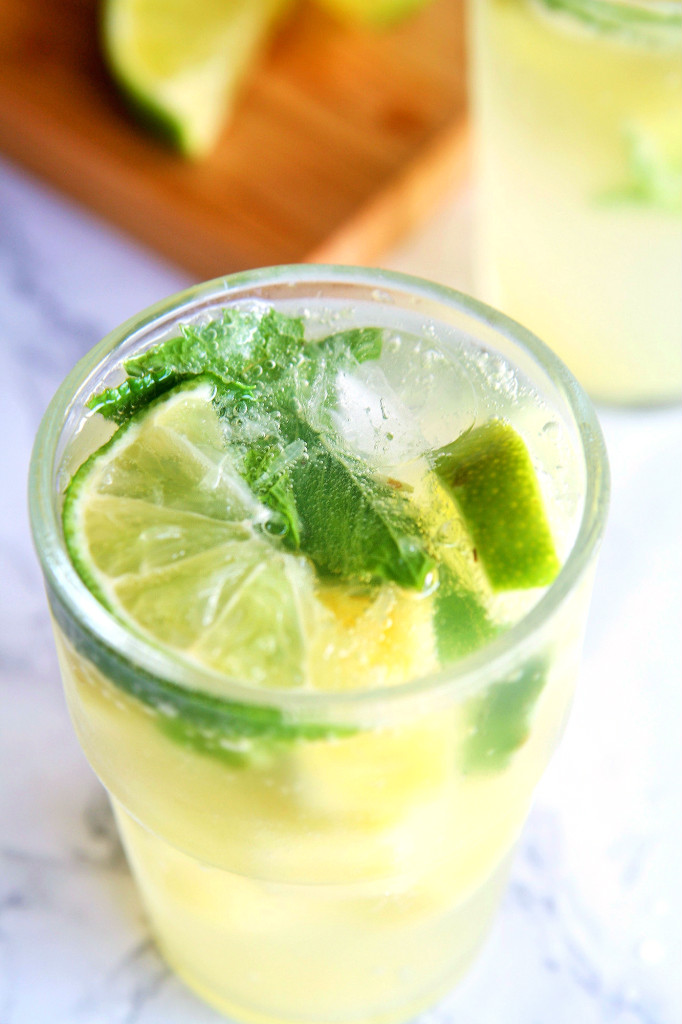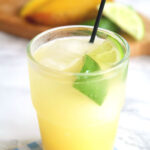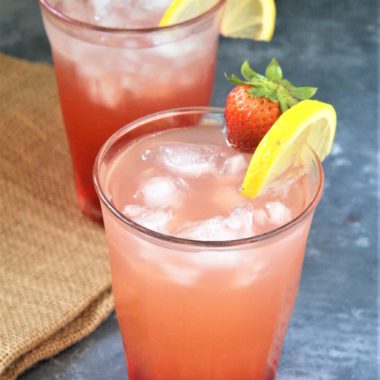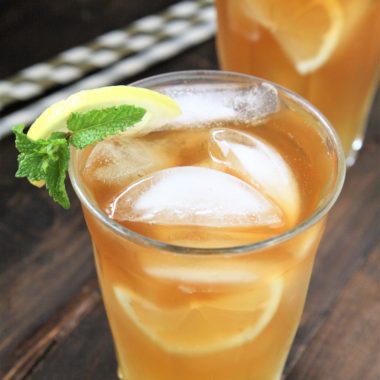Last Updated on July 26, 2024 by Karen
Discover the delightful differences between the Caipirinha and the Mojito, two iconic cocktails celebrated for their unique flavors and cultural origins.
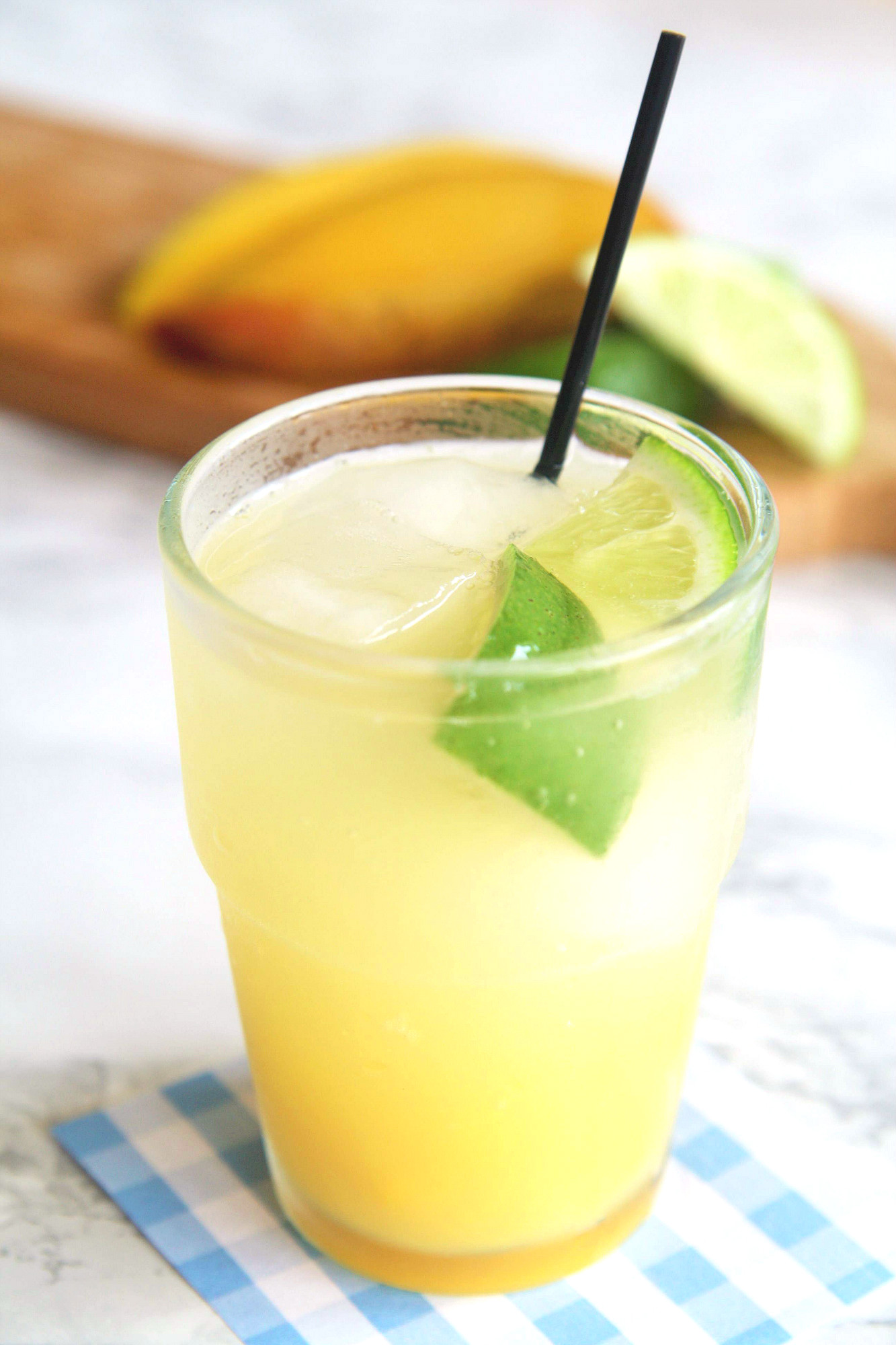
When it comes to iconic cocktails that embody the spirit of their respective cultures, few drinks rival the Caipirinha and the Mojito.
Originating from Brazil and Cuba, these cocktails – Caipirinha and Mojito – from Latin America have become staples in the United States and bars worldwide, each offering a unique blend of flavors and histories that make them the most refreshing drinks on hot days or during festive occasions.
Other refreshing cocktails you’ve love:
What is Caipirinha?
The Caipirinha is the national cocktail of Brazil, known for its refreshing qualities and simple yet vibrant taste. This Brazilian cocktail is more than just a drink; it is Brazil’s national cocktail as it embodies the cultural identity and hospitality. It is often enjoyed during social gatherings, celebrations, and alongside hearty meal, reflecting Brazil’s vibrant culture and love for lively flavors.
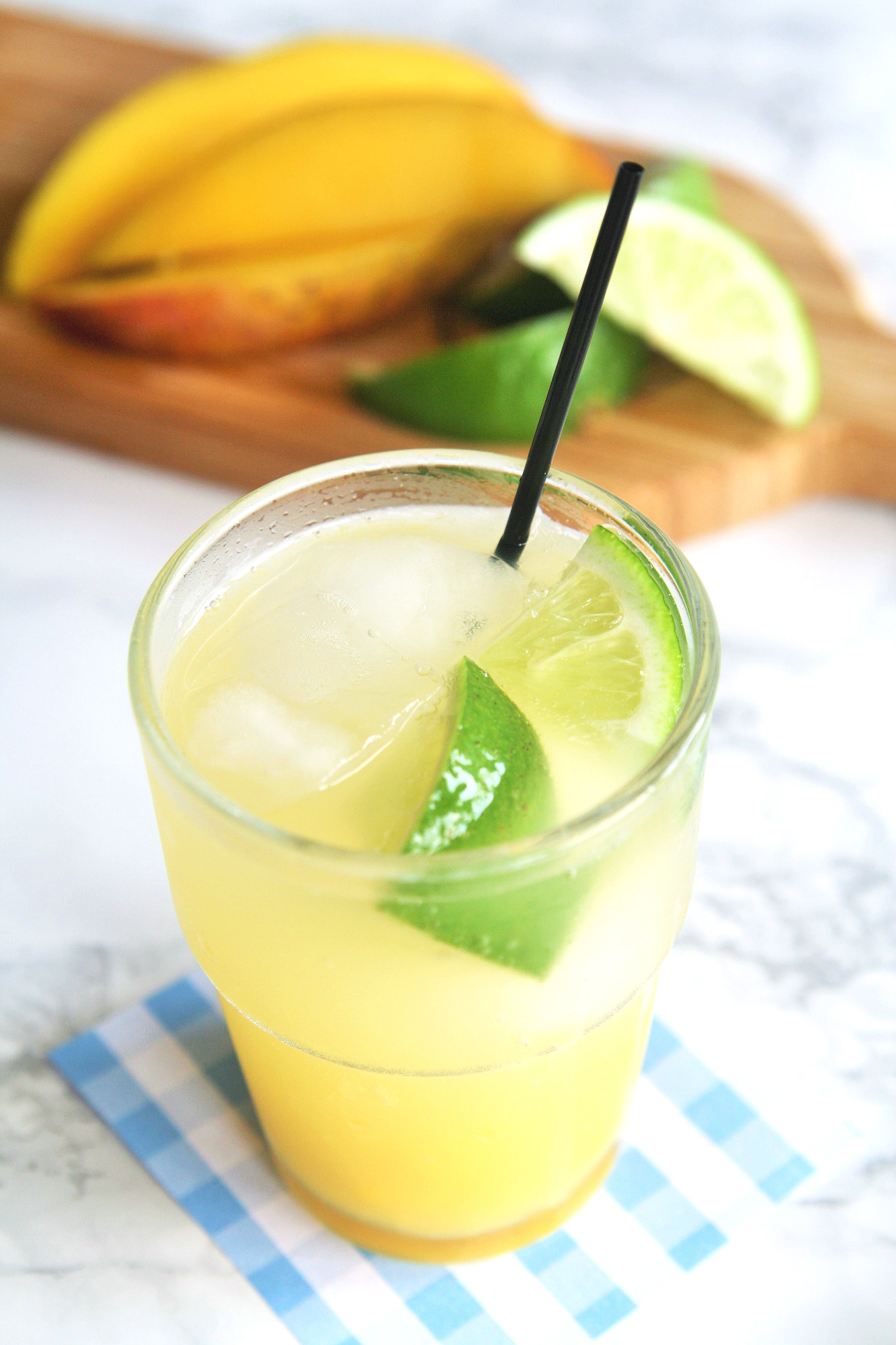
What is the origin of Capirinha?
The Caipirinha’s origins can be traced back to the 19th century, although its roots are believed to extend further into Brazil’s colonial era when Cachaça was first distilled from sugar cane juice. It gained popularity over time, becoming synonymous with Brazilian cuisine and national pride. Some people call Caipirinha a “Brazilian mojito”, but contrary to popular belief, the original Caipirinha recipe does not include mint.
How do you make Caipirinha?
To make Caipirinha, Cachaça (Brazilian rum), a Brazilian liquor distilled from fermented sugarcane juice, is used. Unlike rum, which is typically made from molasses, Cachaça offers a distinctively earthy and slightly vegetal flavor. The original recipe for this Brazilian drink features fresh lime wedges that are muddled with granulated sugar or preferably superfine sugar in a cocktail shaker, releasing fresh lime juice and aromatic oils that blend perfectly with the Cachaça. The mixture is then topped with ice cubes (sometimes club soda), making it an ideal, refreshing choice for a hot day.
Unaged cachaças (known as “branca” or “prata”) can also be used for making Caipirinha cocktail. Unaged Cachaça is also a sugar cane liquor, typically clear and has a more pronounced, raw sugar cane flavor compared to aged varieties.
What is Mojito?
In contrast to the Caipirinha’s Brazilian roots, the Mojito originates from Cuba, another country renowned for its lively culture and spirited beverages. The Mojito features white rum, which lends a smoother and slightly sweeter profile, and is more commonly found in liquor stores compared to Cachaça. Cuban rum, specifically, is favored for its lightness and versatility in cocktails.
How do you make Mojito?
The traditional recipe for Mojito incorporates fresh mint leaves that are gently muddled with a wooden spoon with white sugar (or simple syrup to sweeten the cocktail) and lime juice. This infusion of mint (like mint julep) adds a refreshing herbal note to the drink. Freshly squeezed lime juice provides the Mojito with its characteristic tartness and citrusy brightness. The Mojito is topped with soda water to add effervescence and lighten the overall texture, making it the perfect drink for cooling down on a hot day in the Caribbean islands.
The Mojito has deep roots in Cuban history and culture, dating back to the early 20th century when it gained popularity among locals and tourists alike. It’s a drink associated with relaxation, leisure, and the enjoyment of life’s simple pleasures in the Caribbean.
What is the origin of Mojito?
“El Draque” is historically significant as one of the earliest known cocktails, originating in the 16th century. It is named after Sir Francis Drake, the English explorer and naval captain, who is credited with its creation during his expeditions to the Caribbean. The cocktail served a practical purpose for Drake’s crew, as it was used to combat scurvy among sailors during long voyages.
El Draque was originally made with aguardiente de caña, a crude form of rum derived from sugarcane juice. This precursor to modern rum was readily available in the Caribbean at the time. Lime juice was added to the aguardiente, providing a source of vitamin C to prevent scurvy. Some historical recipes suggest the use of sugar or honey to balance the tartness of the lime juice. While not always included, some variations of El Draque incorporated mint leaves for flavor and freshness.
Over time, the recipe for El Draque evolved as ingredients and tastes changed. The addition of ice, further refinement of rum production, and the eventual inclusion of other ingredients like mint or sugar contributed to the development of what we now recognize as the Cuban Mojito, a more sophisticated and widely enjoyed cocktail today.
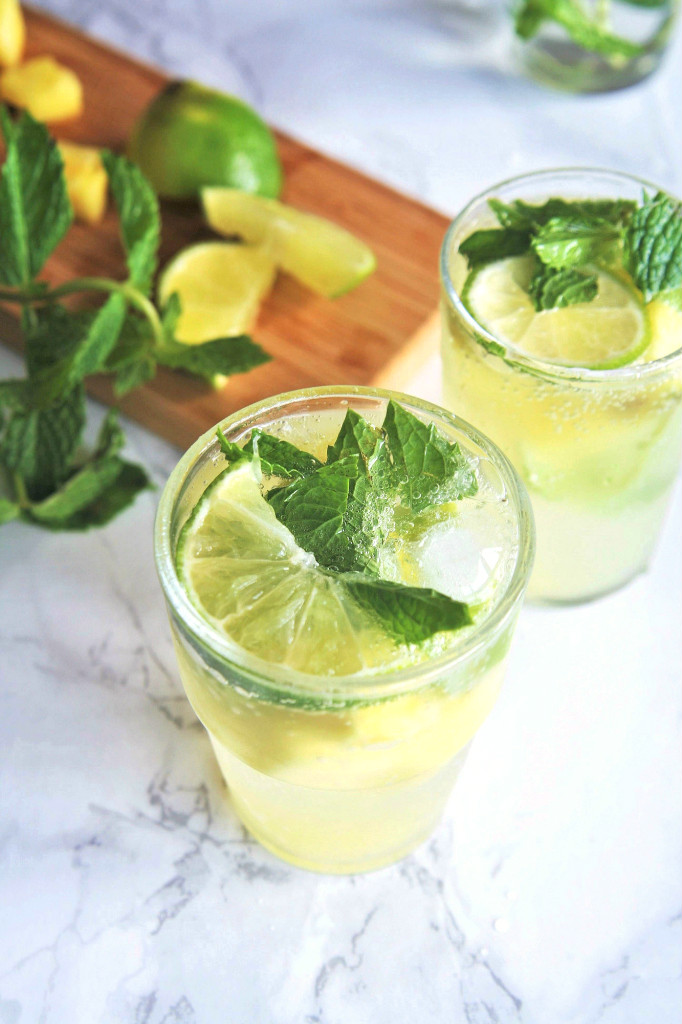
Main differences between caipirinha vs mojito: Which is the better drink?
Base Spirit: Caipirinha uses Cachaça, a Brazilian distilled spirit made from sugarcane juice, whereas Mojito uses white rum, typically of Cuban origin.
Flavor Profile: Caipirinha is characterized by the earthy and slightly fruity notes of Cachaça, balanced with fresh slice of lime and sugar. Mojito features a sweeter profile from rum, complemented by mint and lime, with the addition of soda water for effervescence.
Main Ingredient: Caipirinha includes lime wedges muddled with sugar, while Mojito incorporates mint leaves muddled with sugar and lime juice.
Cultural Context: Caipirinha is deeply rooted in Brazilian culture as the national cocktail, enjoyed during celebrations and meals. Mojito is a classic Cuban cocktail associated with relaxation and Caribbean leisure.
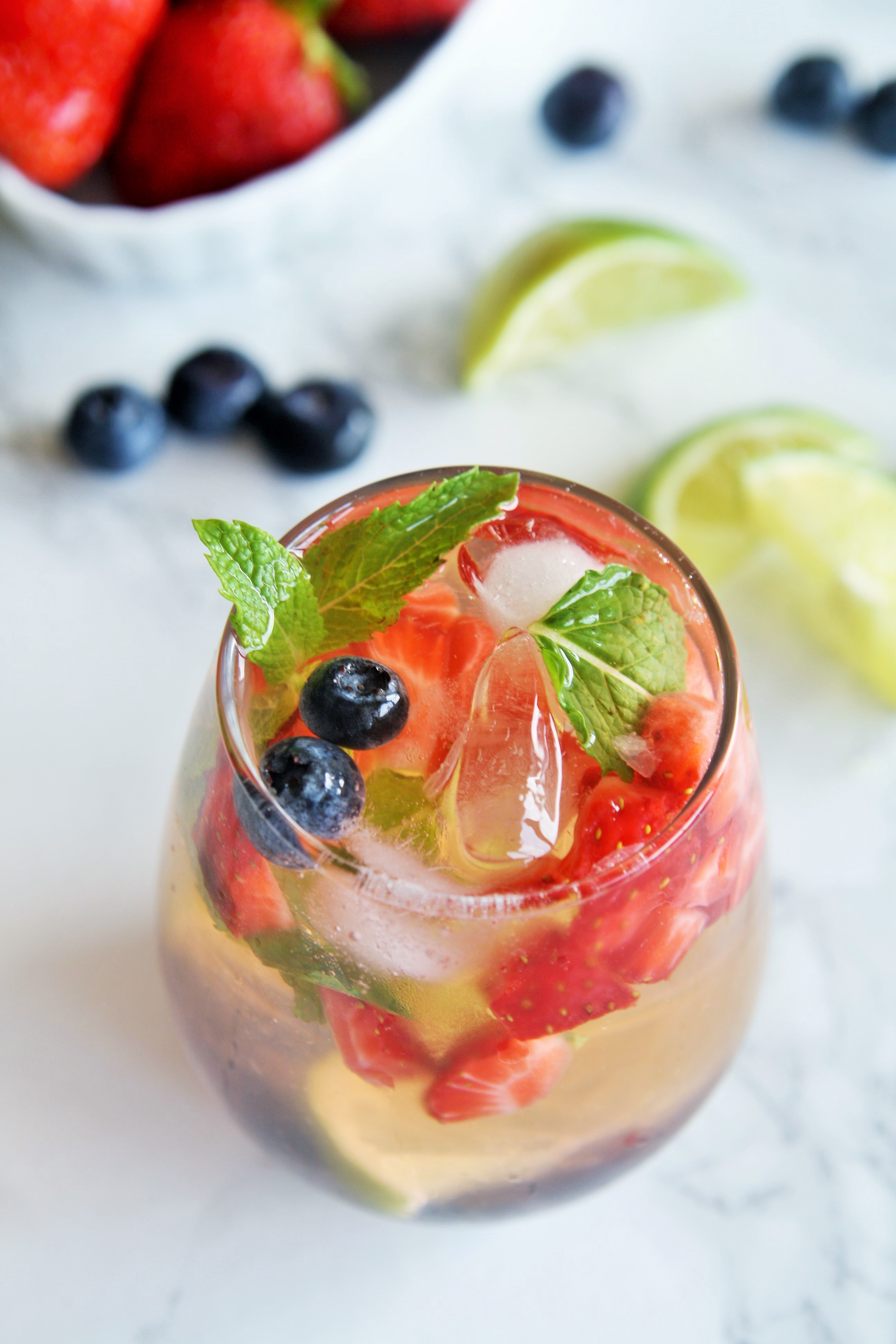
When it comes to which is the better drink? The answer depends on your preference for either more robust, earthy, vegetal flavors (Caipirinha) or a lighter, minty-citrusy flavor (Mojito). Personally, I prefer mojito because of the ease of finding white rum, whereas cachaça is a less common type of liquor. Also, I find that mojitos are more versatile. They can be adapted with variations such as flavored rums or additional fruits like strawberries or passion fruit. Here are two of my favorite mojitos:
And if you love the flavors of mojitos without the alcohol, how about enjoying it in a salad like my refreshing Watermelon Mojito Salad. I make it for picnics and summer parties, and it’s popular with kids and adults alike.

